Stretching: Helps After Run?
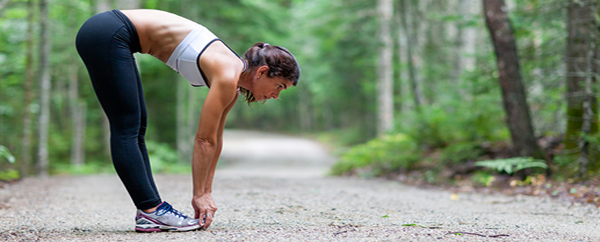
“I have been running for about four months now and am enjoying it a lot. The only thing that worries me is the muscles in my legs are always very sore for a couple of days after running. I stretch a lot before and after my runs but this does not seem to help. Is there anything else I can do?”
– Janice G.
Matt answers…
Many thanks for your question, Janice. The pain you are referring to sounds very much like what is commonly referred to as ‘DOMS’ – Delayed Onset of Muscle Soreness. Many runners believe that this soreness is down to not stretching sufficiently before or after the run but the reality is this may not be quite true.
I will assume that by ‘stretching’ you are referring to the traditional practice of holding a muscle at its maximum length for 20-30 seconds, be it the quads, hamstrings, calves, etc. Despite the popularity of including such stretches in a warm up, studies suggest that as far as reducing risk of injury goes, static stretching offers no benefit to runners. It may even slightly decrease performance. The general recommendation is to instead include dynamic, movement based exercises in the warm up such as the lunge matrix, leg swings, toe pumps, etc.
So how about static stretching after a run? Many runners do it in belief that it will help reduce soreness, but again there is no evidence for this. In fact, the act of trying to stretch your muscles directly after a particularly intensive run may increase soreness by pulling already slightly torn muscle fibres (totally natural after a hard workout) even further apart.
Many runners who reduce or remove static stretching pre & post run actually discover that it either makes no difference or maybe even reduces soreness the next day. My recommendation for you would therefore be to slowly replace the static stretching in your warm up with something more dynamic, and replace the post-run stretching with gentle circling, opening & closing of all your joints, from the ankles up to neck. This gentle ‘pumping’ of the joints is thought to promote flushing in & out of fluid which may well help new muscle fibre growth, which after all is what recovery is all about.
As far as what causes next day soreness, most research suggests it is the result of not warming up adequately or having too demanding a run (or maybe a bit of both). Try reducing the intensity or frequency of your workouts and see if this alleviates the soreness. Running can be extremely rewarding for beginners but it may be that you need to take things a little bit slower for now and gradually build up when your body is ready.
Do you have any experience with static stretching before or after running. Have you ever tried removing it or replacing it with something more dynamic? How did that work for you? Whether you are a therapist, coach or runner (maybe all three) we would love to hear from you in comments section below!
Related Posts
Foam Rolling: What does it do?
“Everybody seems to be raving about foam rolling, but is it really worth doing? I don’t mind causing myself pain if it’s going to help but it does sometimes make me question whether I am hurting myself for nothing!”
Running Shoes: How Do I Choose?
“I need to buy some proper running shoes for the first time. I’ve had a hip problem and my physio says go for something minimalist as I should be running on my forefoot but the running shop said I need ‘stability’ shoes for my pronation. What should I go for?“
Knee Pain: Why The Dull Ache?
“I’m looking to get fitter in 2014 and have taken up running. After few runs, I have started to get a dull ache in my knees, which slowly increases. I visited the doctor but they weren’t able to find anything. What am I doing wrong?”
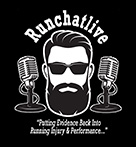
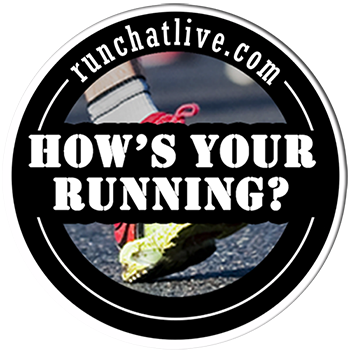
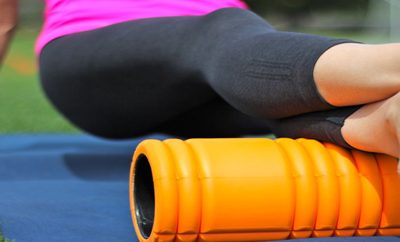
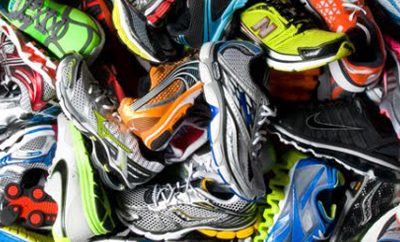
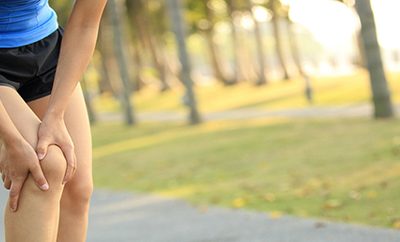

0 Comments